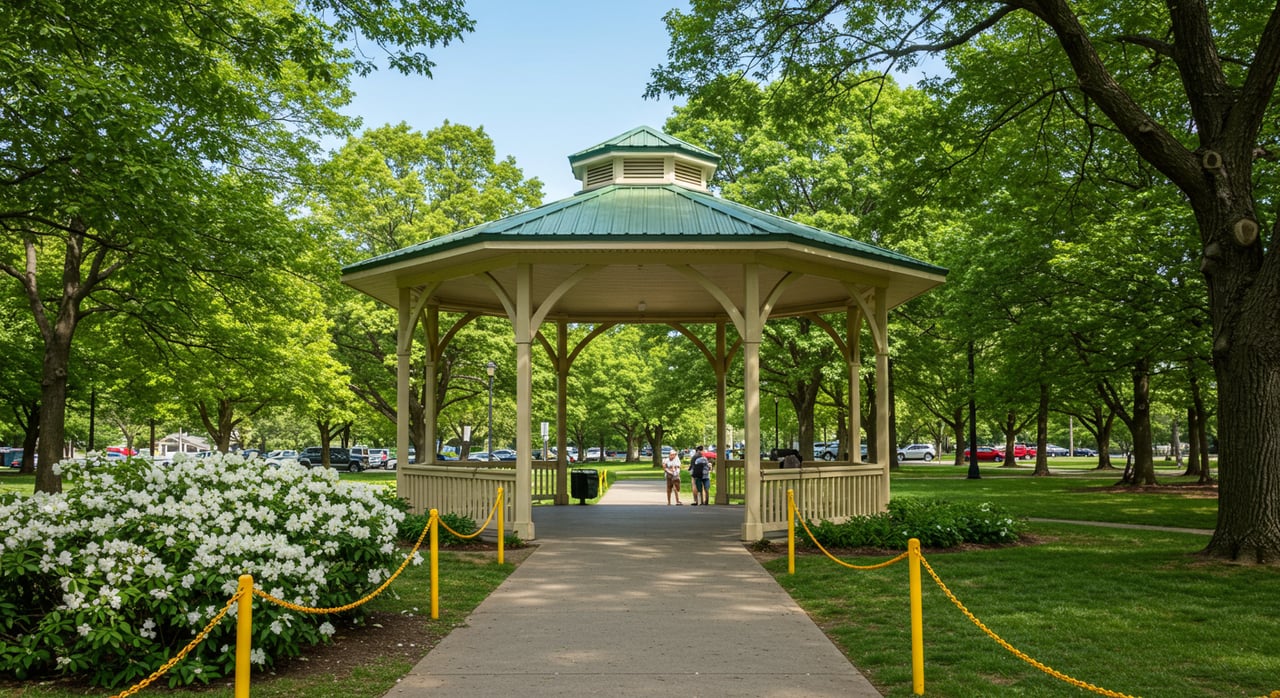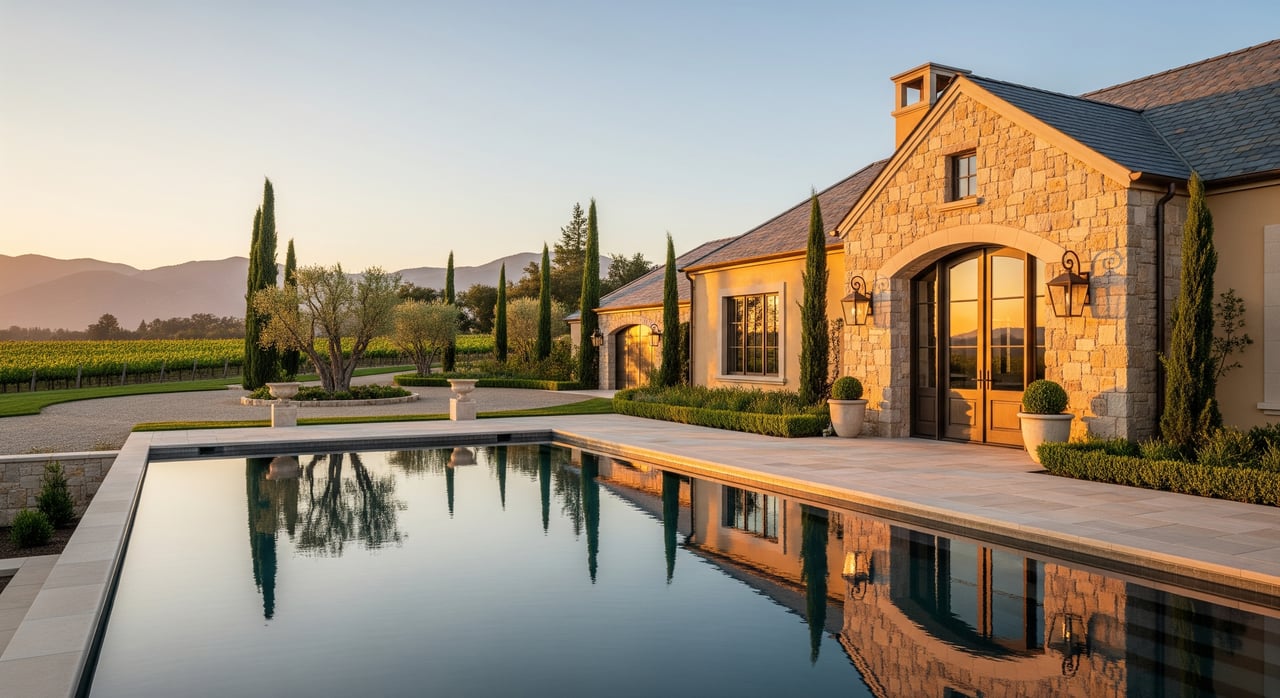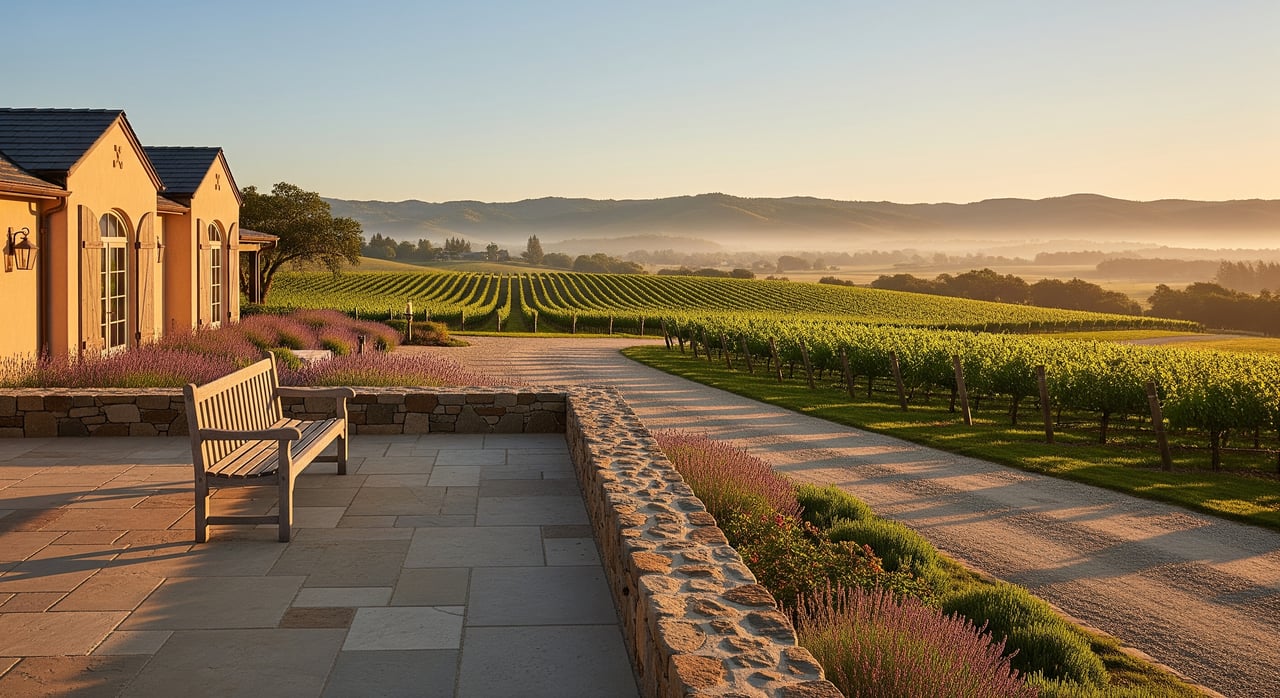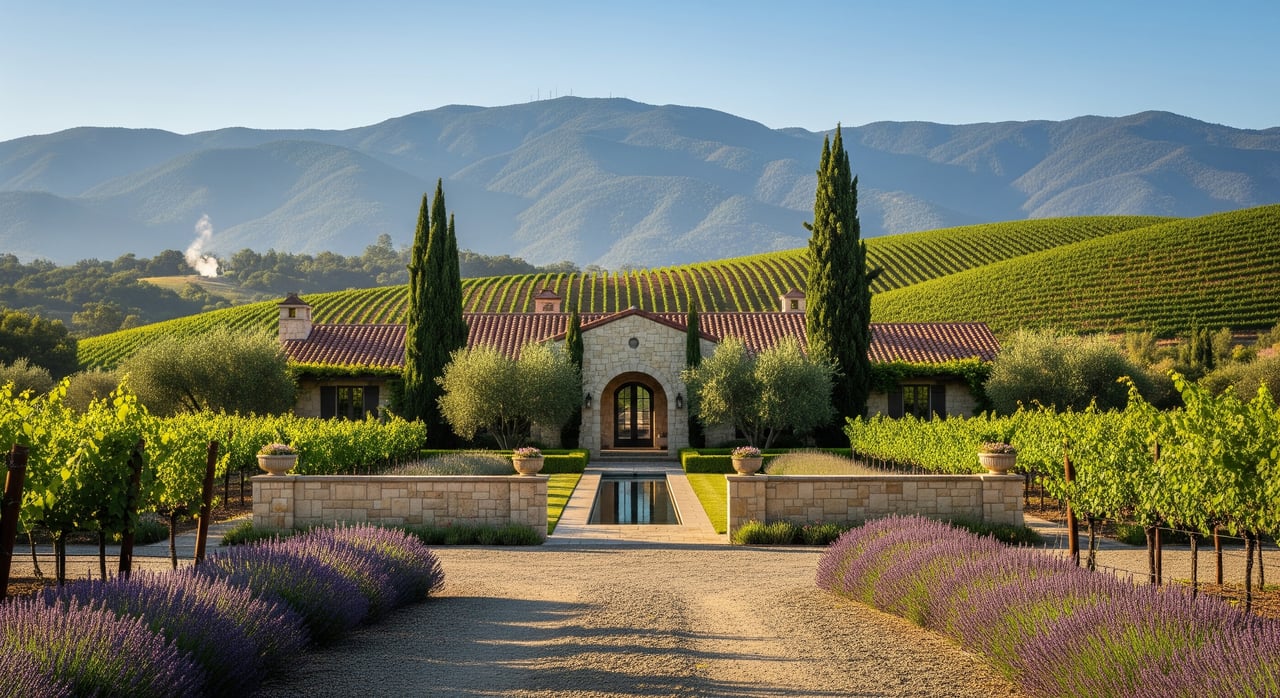Situated in the heart of Sonoma County, Healdsburg is a picturesque town that weaves a rich tapestry of cultural and architectural marvels. Renowned for its exceptional wineries, this quaint locale captivates both visitors and residents with its storied past and architectural diversity. This article delves into the notable landmarks that encapsulate Healdsburg's aesthetic and cultural heritage, emphasizing the distinct architecture that positions this town as a cornerstone of Northern California's charm.
Must-See Landmarks in Healdsburg
Healdsburg Plaza:
The centerpiece of downtown Healdsburg, the Plaza is a central gathering spot and an architectural icon. Surrounded by historic buildings with beautifully preserved facades from the late 19th and early 20th centuries, the plaza is a living museum of Healdsburg's past. The layout and design reflect a typical small-town American square, fostering a sense of community and continuity.
Raven Performing Arts Theater:
A stellar example of adaptive reuse in architecture, the Raven Performing Arts Theater showcases the evolution of Healdsburg architecture from a 1940s movie house to a contemporary cultural venue. Its Art Deco facade and modernized interiors provide a unique space for local and visiting performers, playing a crucial role in Healdsburg’s vibrant arts scene.
Healdsburg Museum and Historical Society:
Housed in a beautifully restored Carnegie Library building, the museum is a cornerstone for local history enthusiasts. The building's classical revival style, with its imposing columns and dignified presence, is a testament to early 20th-century American civic architecture. It offers insights into the development of Healdsburg and its architecture, making it a key landmark for understanding the town's heritage.
Simi Winery:
As one of the oldest continuous wineries in California, Simi Winery's stone buildings are not merely functional; they are symbolic of Healdsburg's winemaking tradition and Italian heritage. The rustic stone masonry provides a direct connection to the skilled artisans who built them, and the winery’s ongoing operations underscore the blend of tradition and innovation in Healdsburg.
St. John’s Episcopal Church:
The church’s towering presence and intricate architectural details offer a glimpse into Healdsburg’s spiritual and communal life. Completed in 1896, its design incorporates elements of Gothic Revival and Victorian styles, making it a picturesque landmark that complements the town’s diverse architectural landscape.
Camellia Inn:
The Camellia Inn, with its lush gardens and classic Victorian architecture, encapsulates the charm of Healdsburg's residential design. Built in 1871, this bed and breakfast provides visitors with a personal experience of the town's historic living conditions. It is adorned with authentic period furnishings and surrounded by camellia flowers that bloom beautifully each season.
Medlock Ames Historic Healdsburg Tasting Room:
The Medlock Ames Tasting Room is a great example of innovative modern architecture in Healdsburg. Designed by architect John Medlock, the tasting room blends seamlessly with the surrounding vineyard, featuring a minimalist design that uses natural materials and large windows to bring the outdoors in. The building is also LEED-certified, highlighting its commitment to sustainability.
Hotel Healdsburg:
A modern landmark, Hotel Healdsburg combines contemporary design with luxurious amenities. Opened in 2001, the hotel features a sleek, minimalist aesthetic that contrasts with the more traditional architecture of the surrounding area. Its design emphasizes open spaces and natural light, creating a tranquil retreat in the heart of the town.
Johnson Street Historic District:
This district is a picturesque representation of Healdsburg’s residential past, featuring a collection of well-preserved homes from the late 19th and early 20th centuries. The architectural styles range from Queen Anne to American Craftsman, offering a visual history lesson on Healdsburg's residential development and exemplifying the local architecture's unique characteristics.
Matheson Street Historic District:
Adjacent to the bustling downtown, the Matheson Street Historic District showcases another facet of Healdsburg's architectural charm. This area is known for its beautifully maintained homes that reflect a variety of architectural styles, from ornate Victorians to pragmatic Bungalows, providing a cohesive look at the town’s architectural evolution and community planning.
Conclusion
Healdsburg's architecture is a testament to the town's rich history and dynamic future. From charming Victorian homes and historic districts to innovative modern designs, Healdsburg offers diverse architectural landmarks that reflect its unique character. For those interested in the architectural beauty of Sonoma County, Healdsburg is a treasure trove of inspiration and discovery.
Contact Jeff & Casey Bounsall: Your Guide to Healdsburg Architecture
If you are considering making Healdsburg your home or if you are interested in learning more about its architectural gems, Jeff and Casey Bounsall are here to help. With their extensive knowledge of the local real estate market and a deep appreciation for Healdsburg architecture, they can guide you in finding the perfect home that matches your style and needs.
Contact Jeff and Casey Bounsall today to begin your journey in discovering the architectural beauty of Healdsburg.




